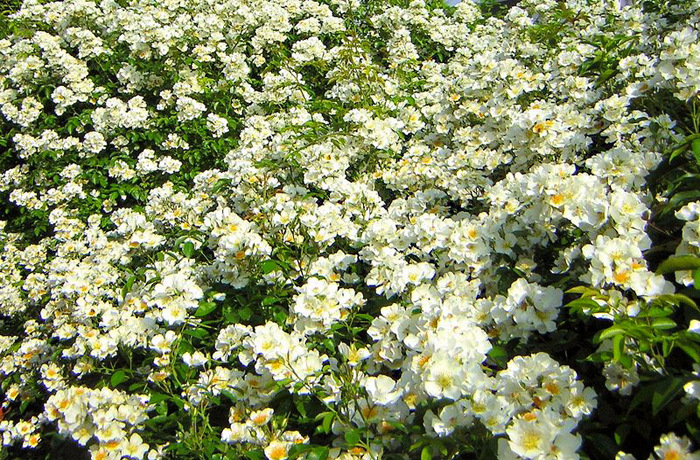First stop of the day was Hidcote Manor Estate and it’s gardens – one of the best-known and most influential Arts and Crafts gardens in Britain and possibly our favourite garden of all.
Created by the talented American horticulturist, Major Lawrence Johnston, its intricately designed linked “rooms” of hedges, rare trees, shrubs and herbaceious borders are full of unexpected surprises. Lawrence Johnston’s mother bought Hidcote in 1907. He soon became interested in turning the fields around the house into a garden. By 1910 he had begun to lay out the key features of the garden, and by the 1920s he had twelve full-time gardeners working for him.
He was influenced in creating his garden at Hidcote by the work of Alfred Parsons and Gertrude Jekyll, who were designing gardens of hardy plants contained within sequences of outdoor “rooms”. Many of the plants found growing in the garden were collected from his many plant hunting trips to far away places. After World War II Johnston spent most of his time at Jardin Serre de la Madone, his garden in the south of France; and in 1947 he entrusted Hidcote to the National Trust.
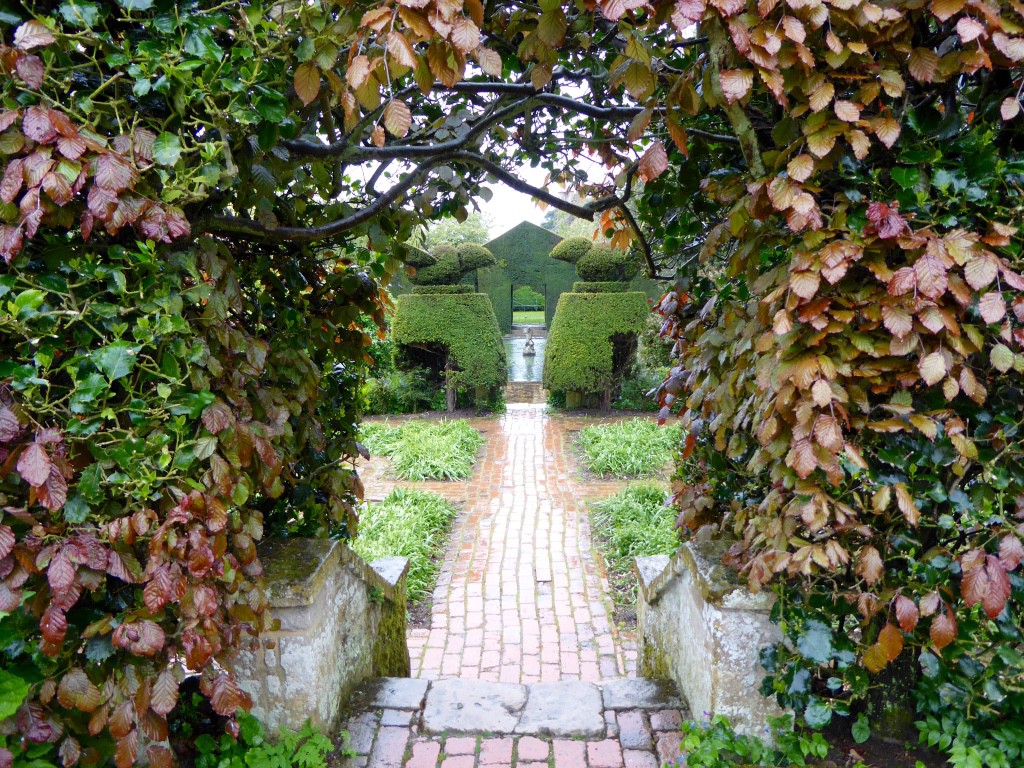
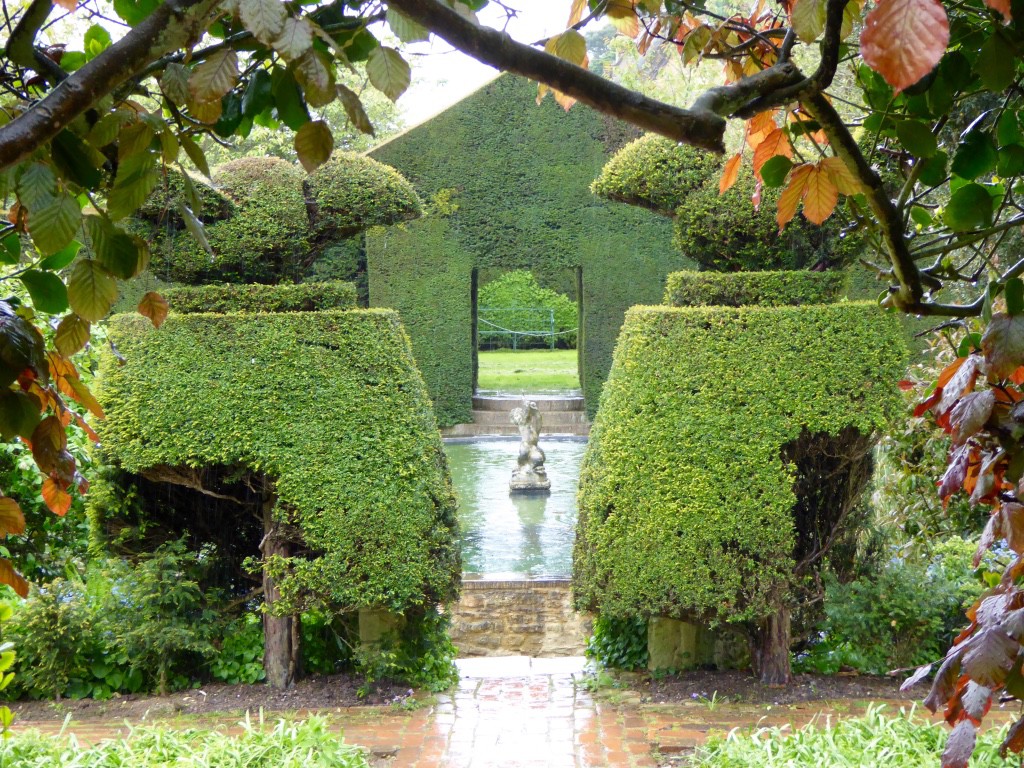
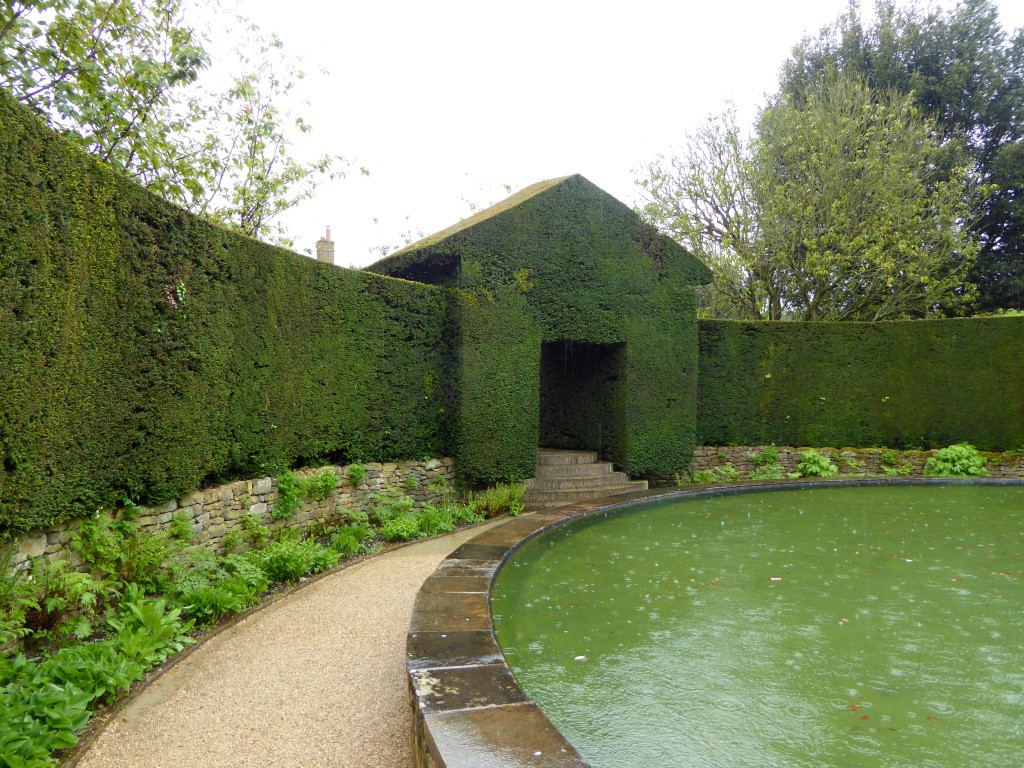

Hidcote’s outdoor “rooms” have various characters and themes, achieved by the use of box hedges, hornbeam and yew, and stone walls. These rooms, such as the ‘White Garden’ and ‘Fuchsia Garden’ are linked, some by vistas, and furnished with topiaries. Some have ponds and fountains, and all are planted with flowers in bedding schemes. 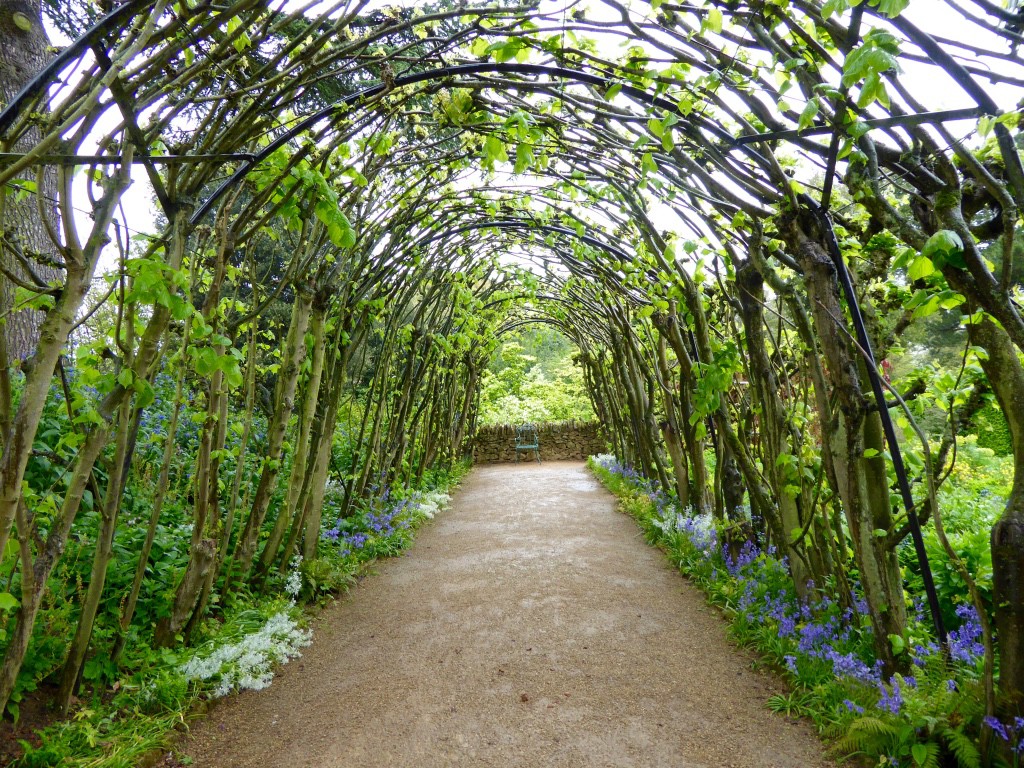
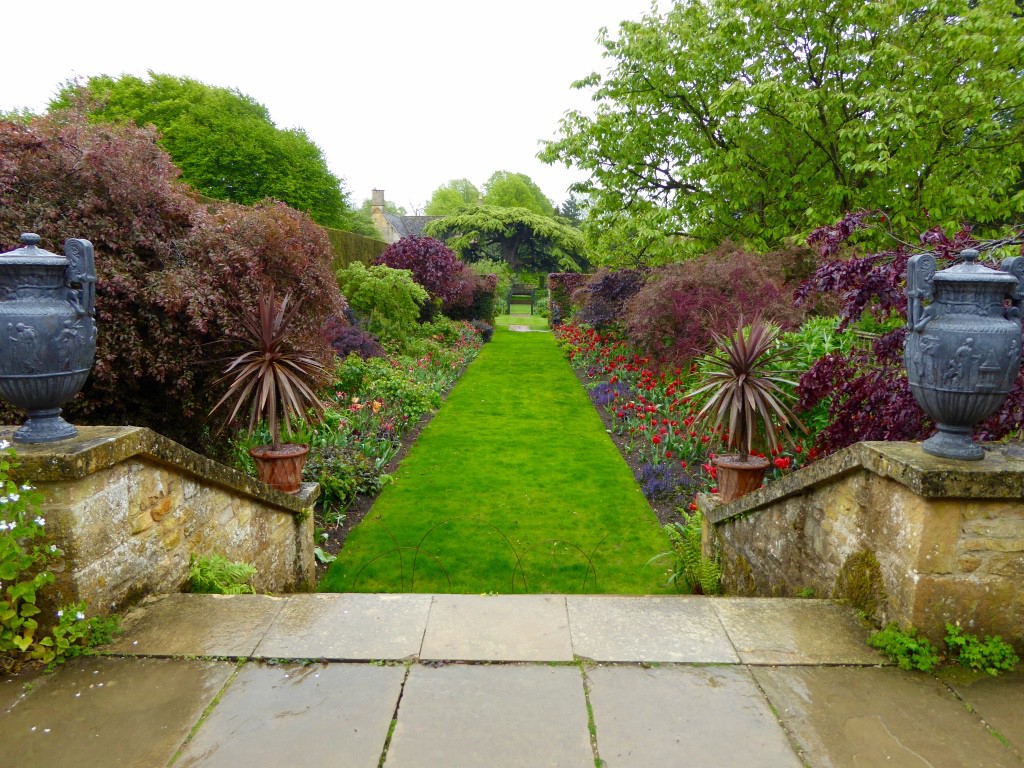
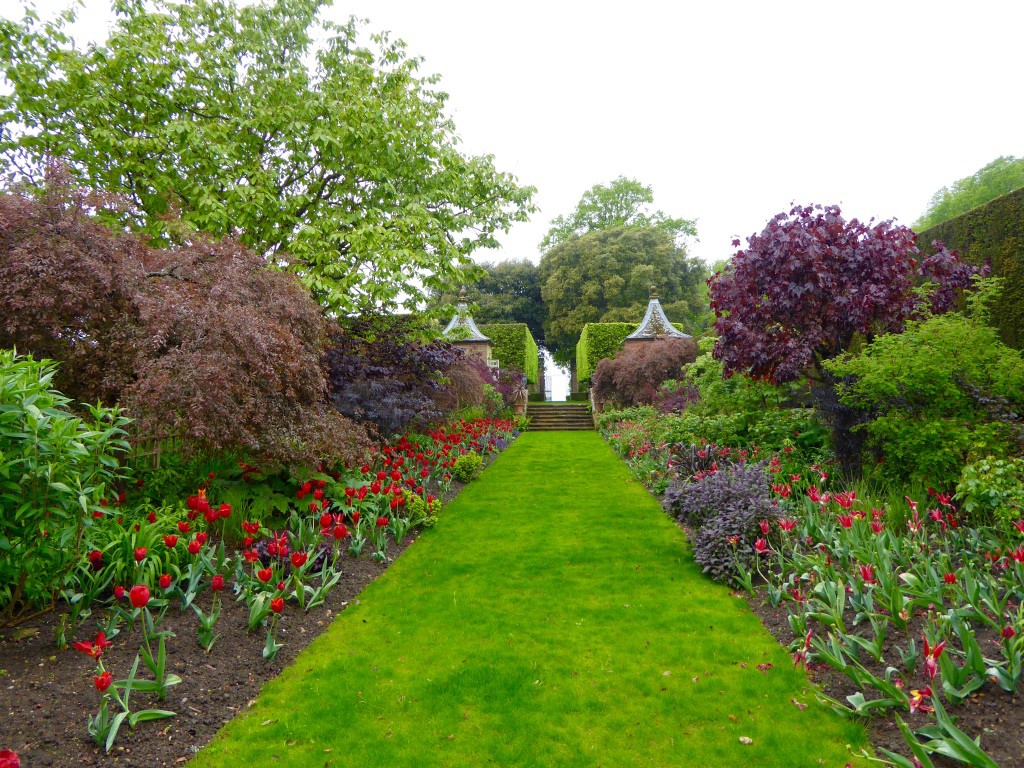
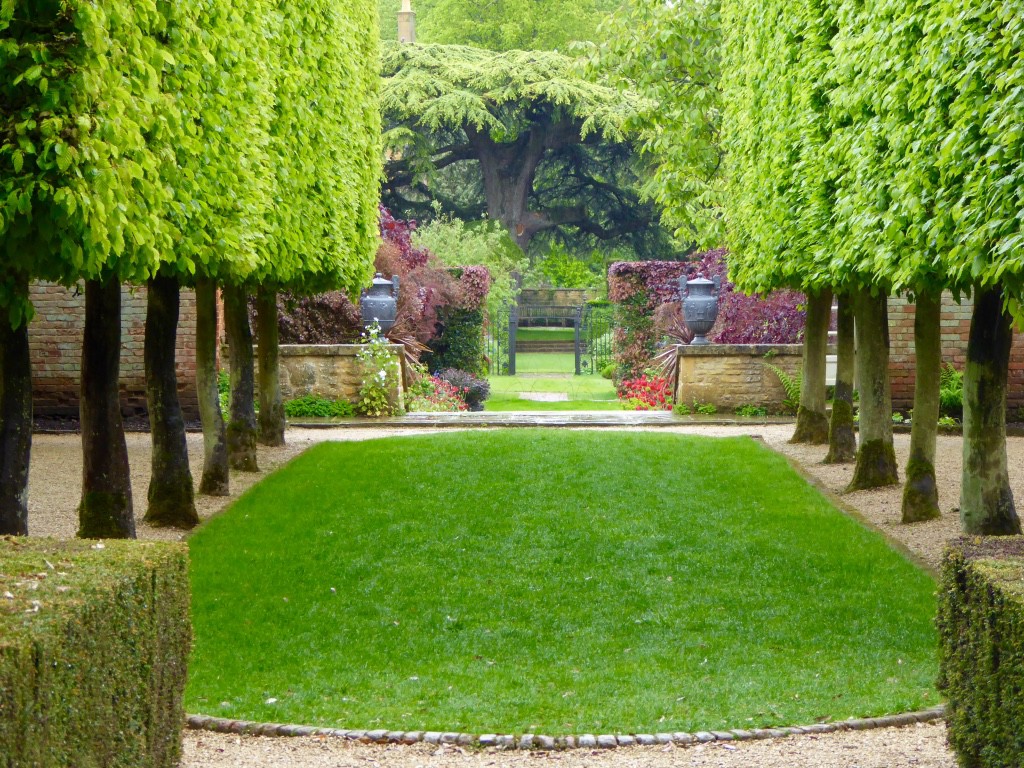
You can spend all day exploring the maze of narrow paved pathways and discovering secret gardens and magnificent vistas. You can find a quiet spot and sit on one of the ornate benches and watch green woodpeckers search for their lunch or listen to the calls from the buzzards circling overhead. Time it right and you might catch a glimpse of the elusive hummingbird moth. It’s the perfect place if you’re in need of gardening inspiration
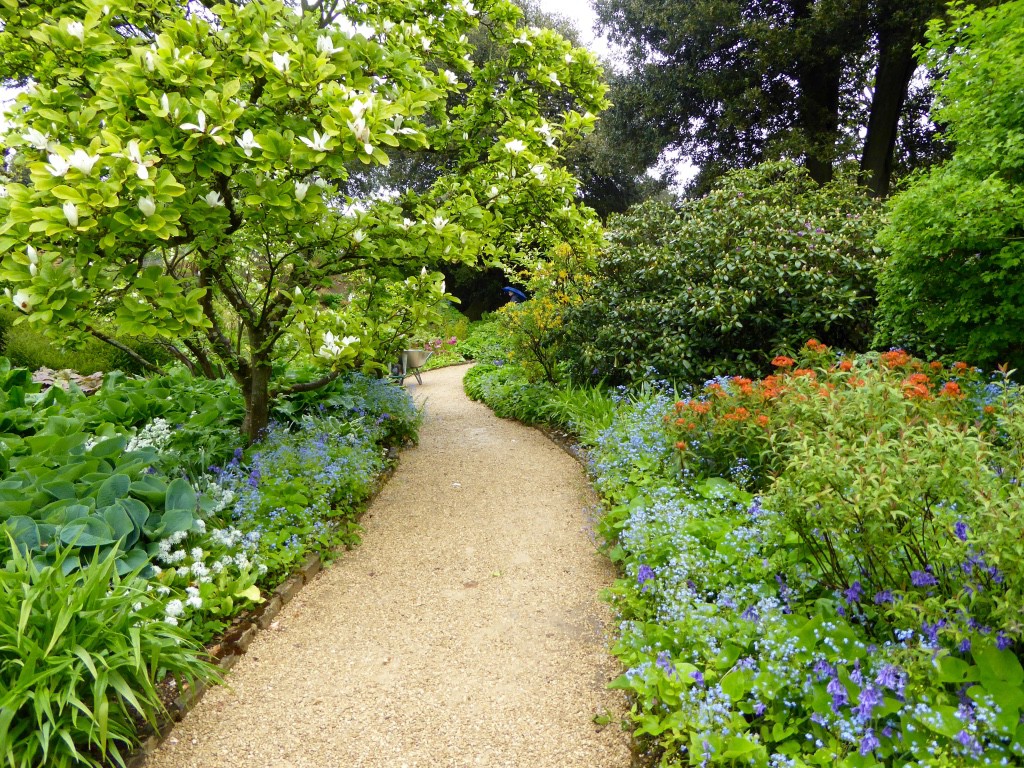
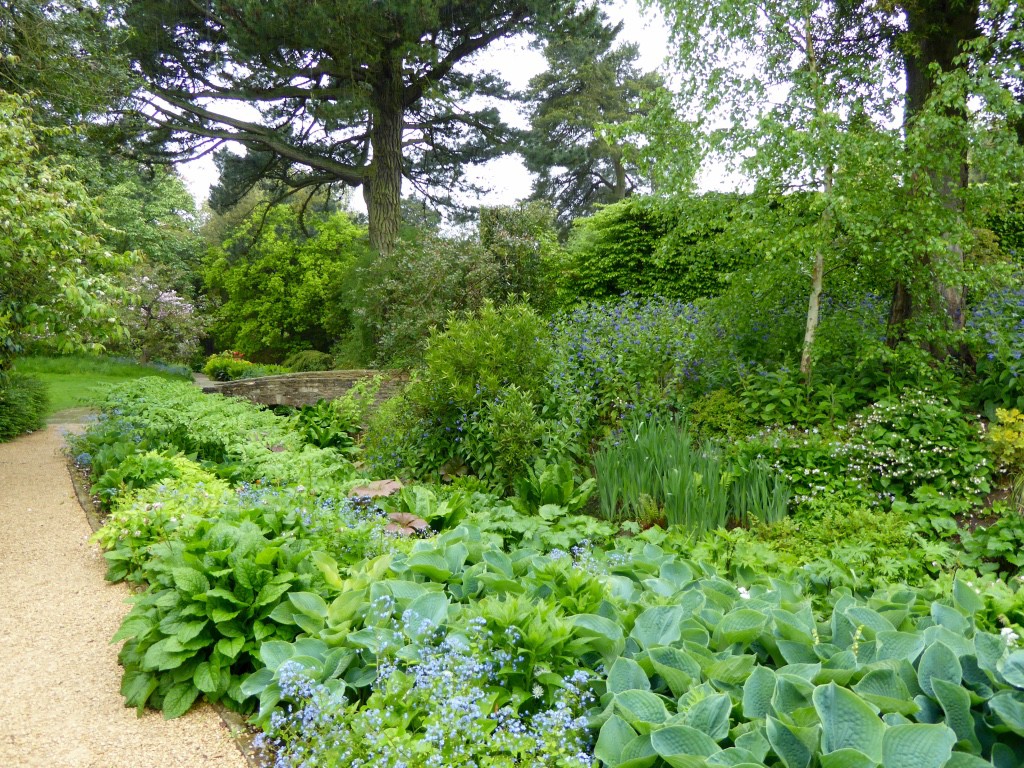
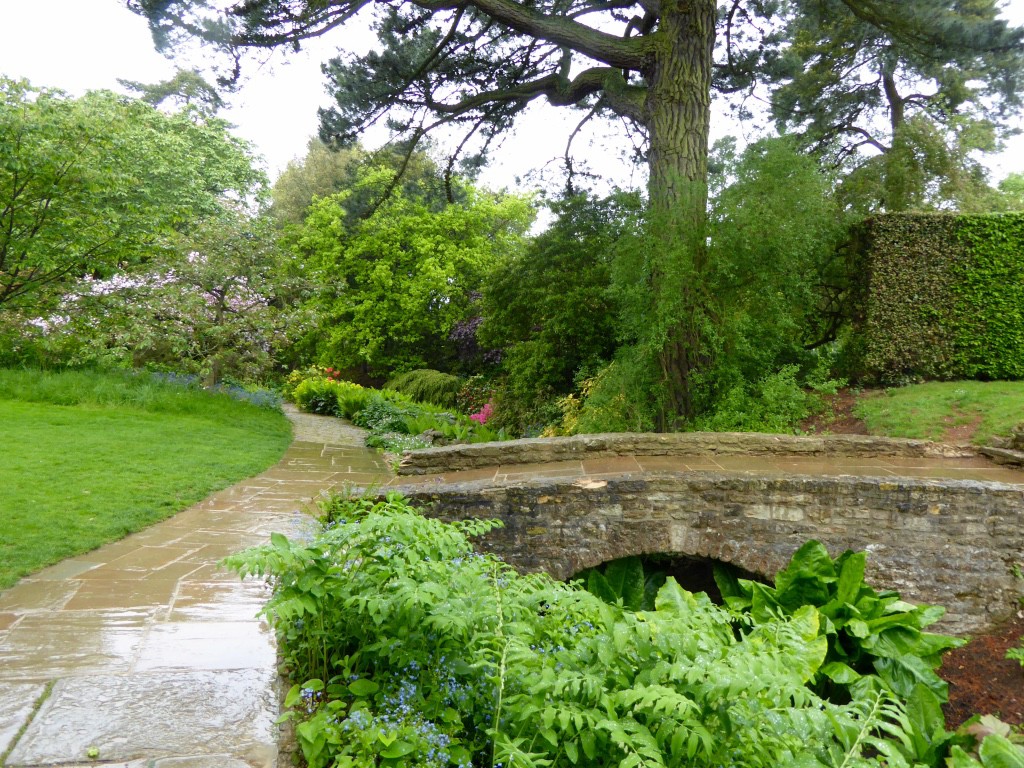

Just across the road are another of Britain’s top gardens – Kiftsgate
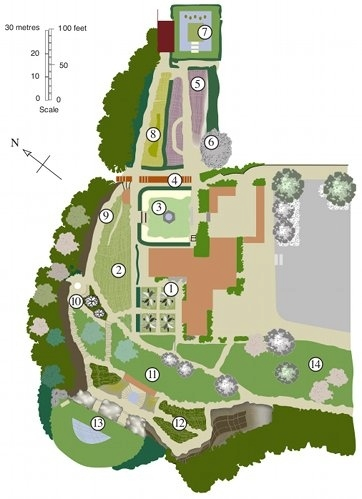
These gardens are the creation of three generations of women gardeners. Started by Heather Muir in the 1920s, continued by Diany Binny from 1950 and now looked after by Anne Chambers and her husband, who have made it their home.
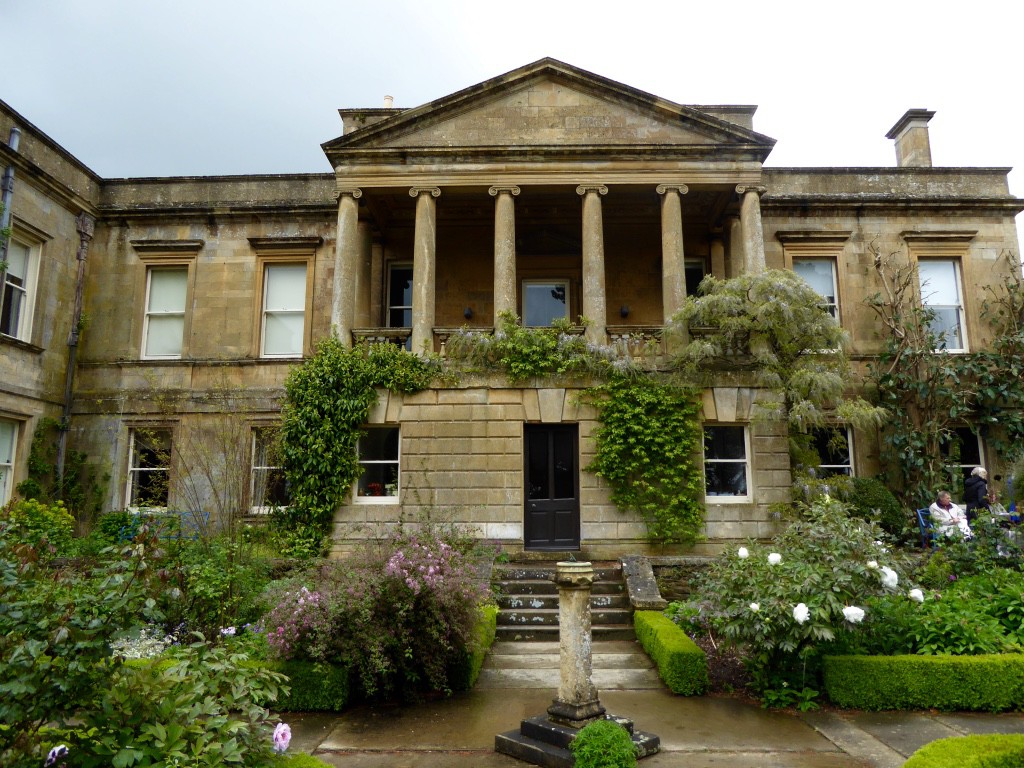
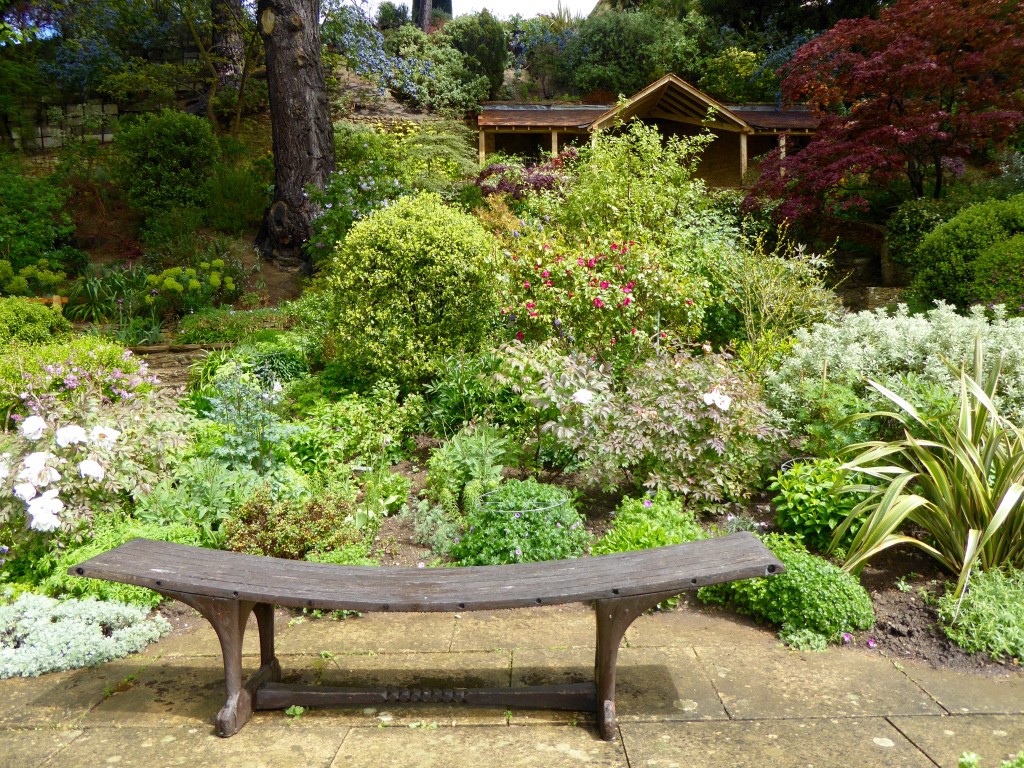
Heather Muir created the garden, which up until 1920 had consisted of a paved formal garden in front of the portico, with a field and wooded banks beyond. Heather was helped and inspired by her lifelong friend Lawrence Johnston of Hidcote Manor. She decided that the garden would develop organically as she was inspired, rather than planning everything on paper. This has given the garden a distinctly feminine feel, almost in direct contrast to the more masculine lines being employed by Johnston at Hidcote. By 1930 the steep banks were tackled and the steps to the lower garden were put in place, along with the delightful summerhouse taking advantage of the views to the west.
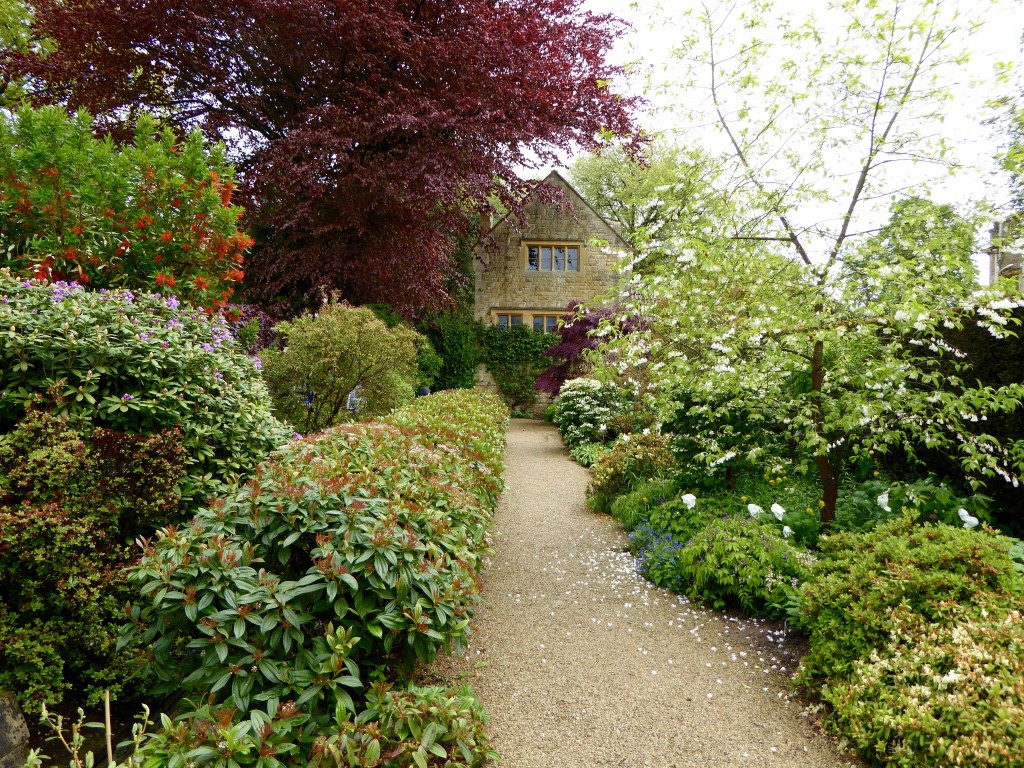
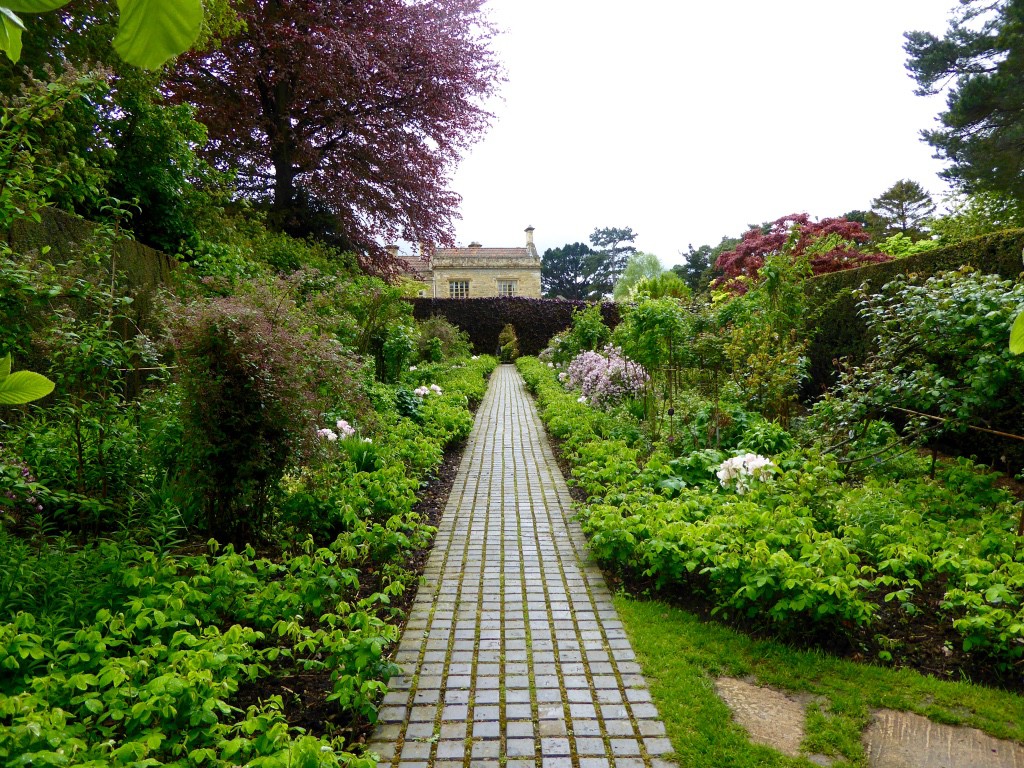
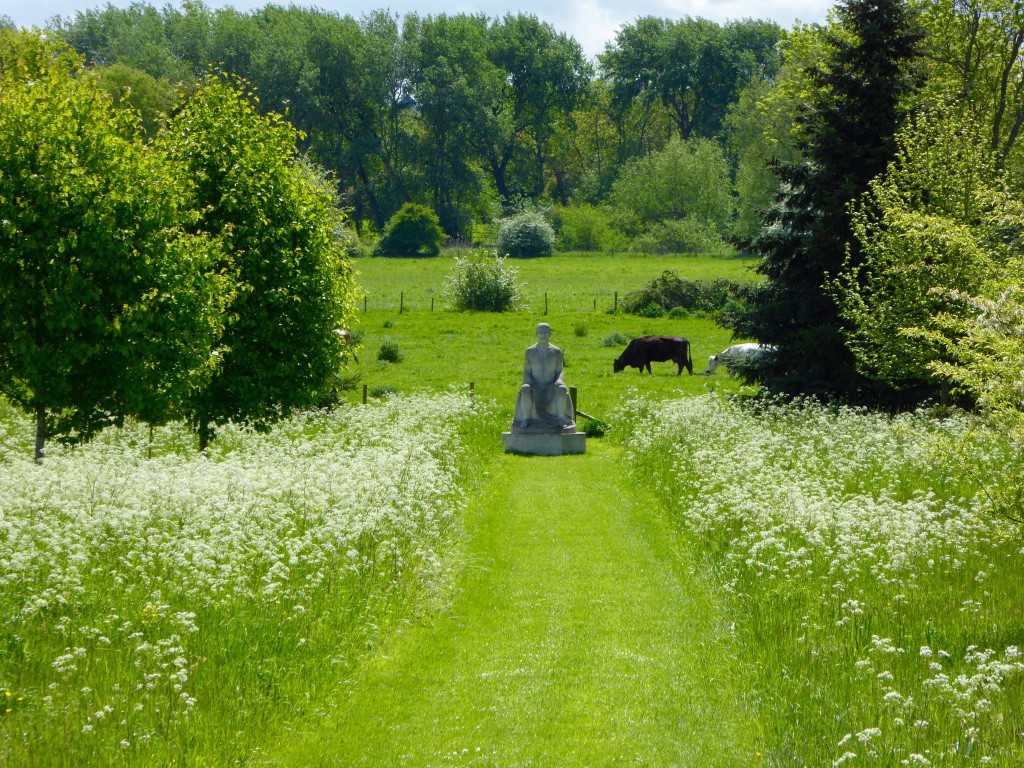
From the mid fifties Diany continued to add to the garden by creating the semi-circular pool in the lower garden. She also commissioned two sculptures and began to open the garden on a regular basis. The white sunk garden was also redesigned by her to incorporate a small pool and a well head fountain. The well head that frames the fountain came from the Pyrenees and is carved with bucolic activities such as harvesting, hunting and wine making in each of its twelve panels.

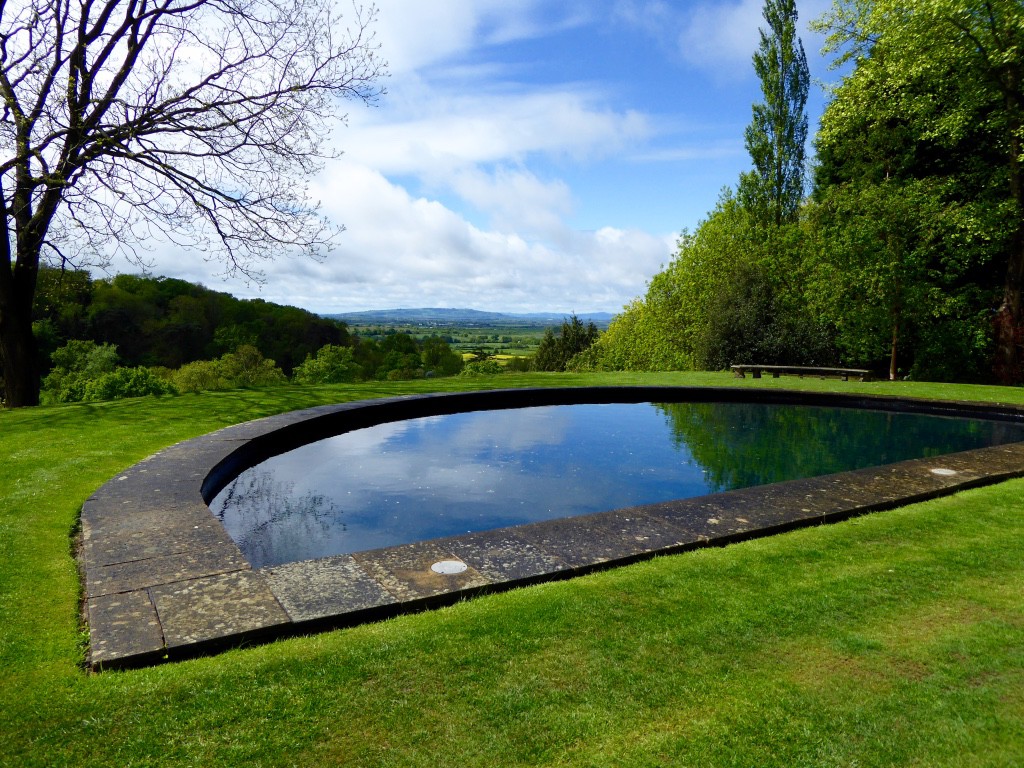
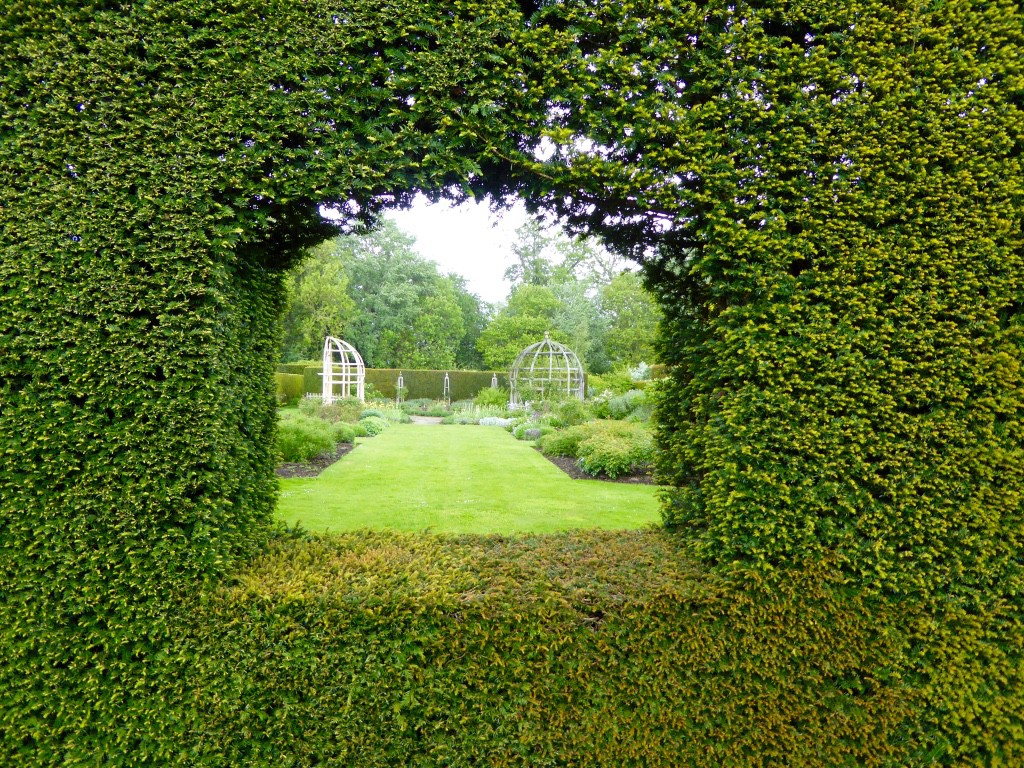
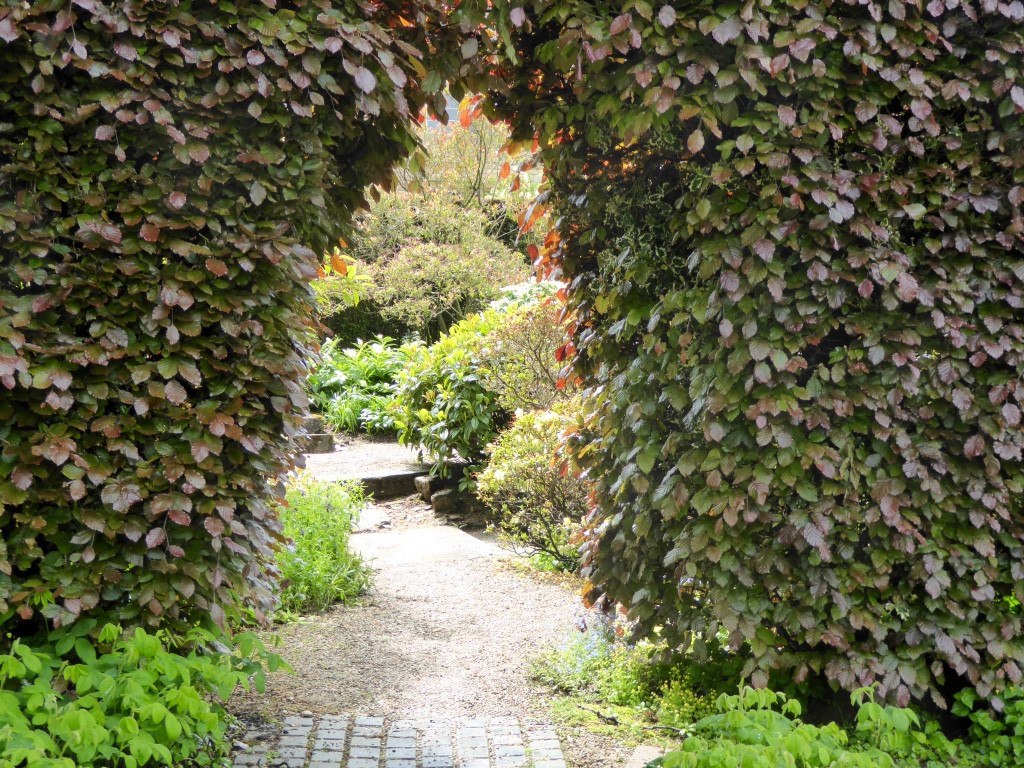
One of Anne’s finest accomplishments is the addition of the new water garden that was once the tennis court. This area is now an oasis of calm, where fine white stepping stones give the illusion of floating over the black pool below, leading to a grass island at the centre. To the far end, a double row of gilded bronze philodendron leaves sway gently under a cascade of running water surrounded by a curtain of yew hedging.
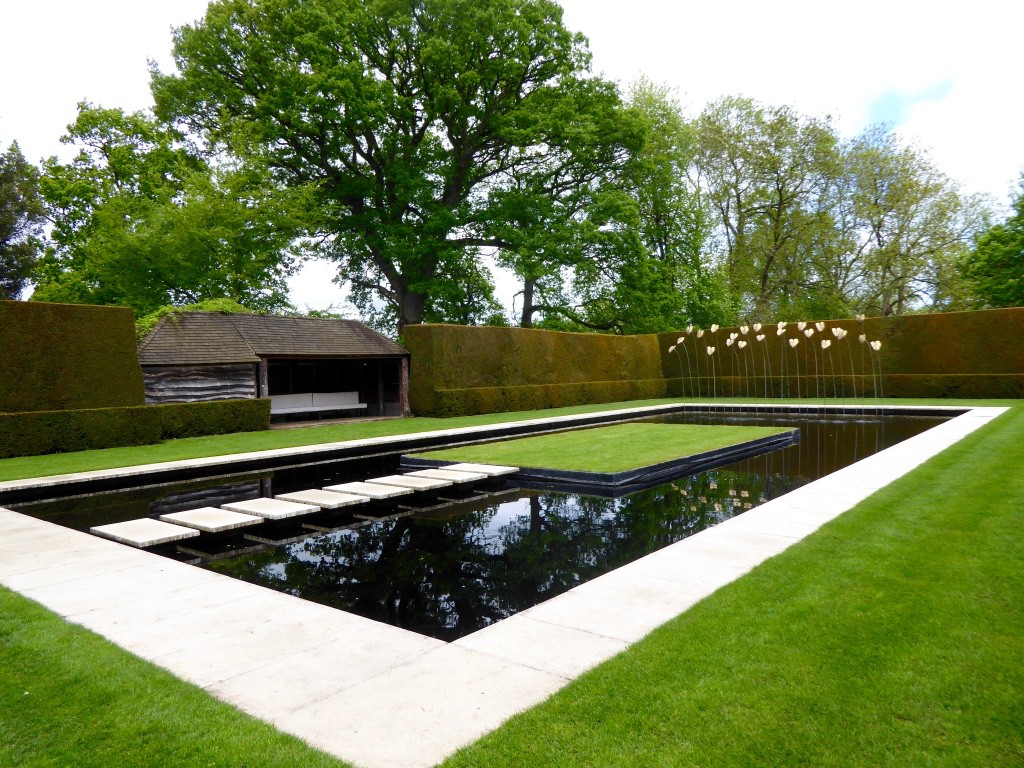
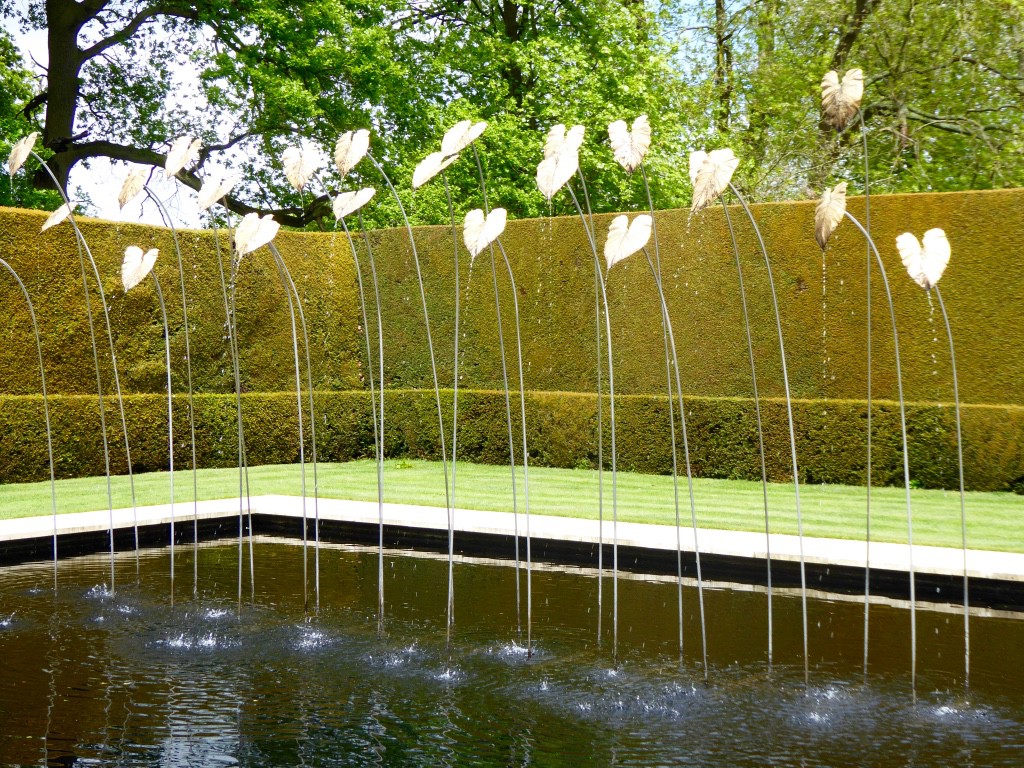
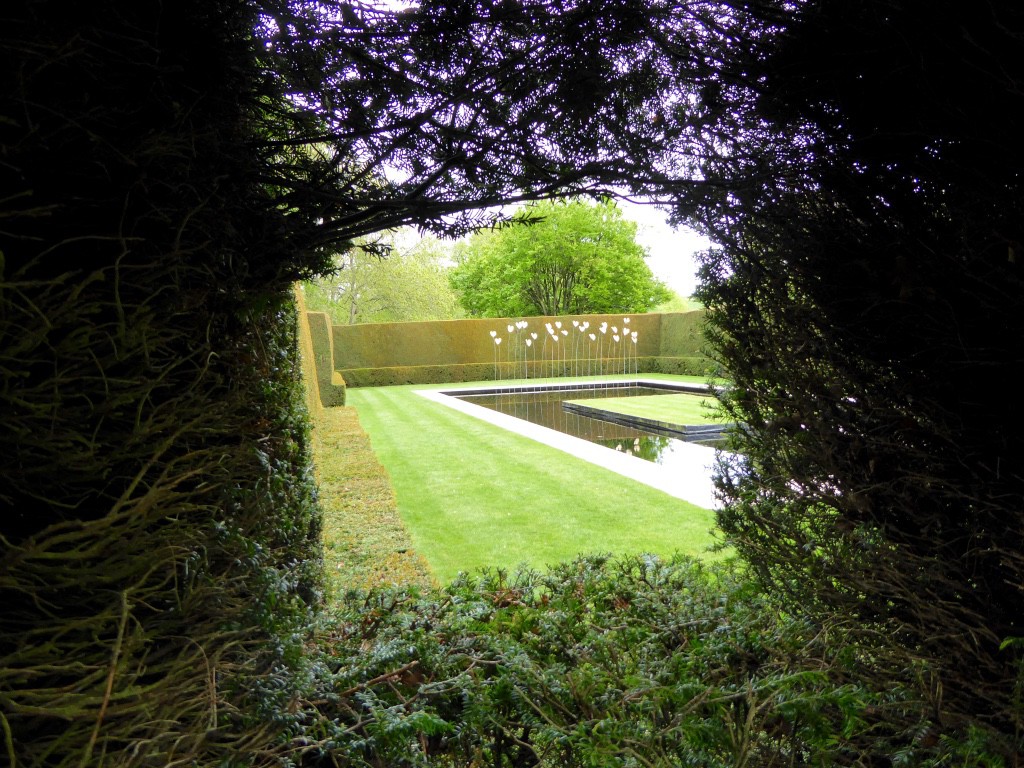
The Drive to the house and car park is edged with some very old lime trees, the oldest of which date back to the original planting in the first half of the 18th century. More recent replacement of weeping limes produce a sweet scent in late summer that permeates the whole garden and which the bees find irresistible. The rough grass underneath these trees is yellow with daffodils in spring.
The other side of the drive is the Bluebell Wood, a spectacular sight in early May. This south facing bank is also planted with maples and cherries for spring and autumn colour.
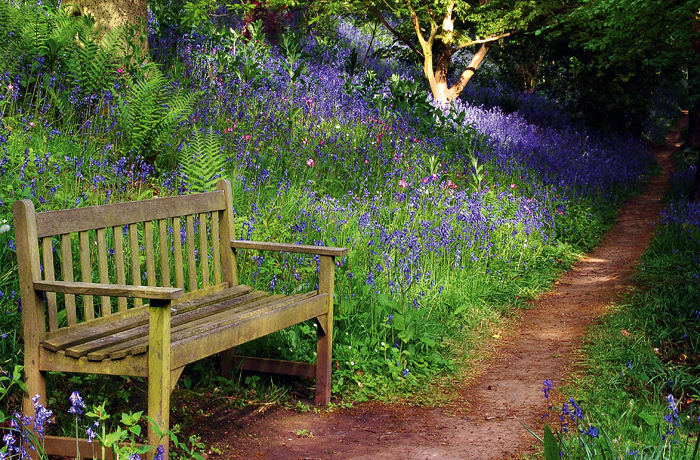
In front of the house are four rectangular beds planted with a mixture of rare shrubs and perennials that give interest throughout the gardening year. From the sun dial in the middle one can look back to the fine Georgian portico on the house that was transported by light railway from the manor house in Mickleton, a mile away. Down some steps to the Terrace, there is a spectacular view towards the Malvern Hills and also down to the steep banks to the lower garden and swimming pool. On this terrace large terracotta pots are filled to the brim with plants in the summer.

The double border on either side of the grass path is planted with a mixture of shrubs, small trees and herbaceous plants. The main colour tones in this summer border are pinks, mauve and purple with abundant grey foliage. The smaller portico overlooking this border was added in the 1920s by the Muirs. Several clumps of the ‘Burning Bush’ Dictamnus albus purpureus are to be found. On a still summer evening one can ignite their oily seed heads in a spectacular pyrotechnic display without harming the plant.
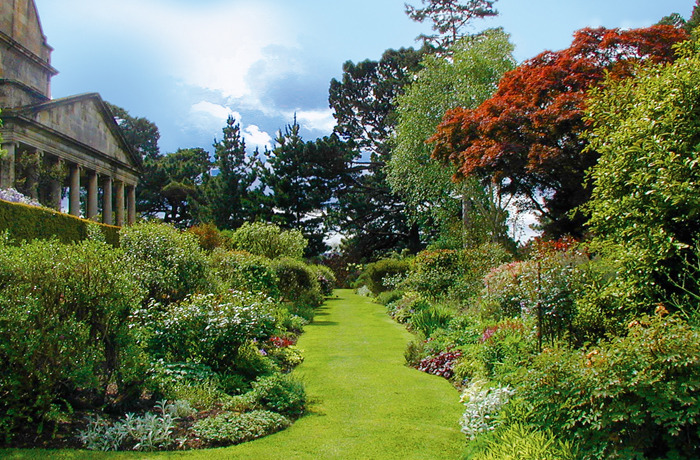
The principal shrubs in this small sunken garden all have white flowers, but the under planting is unrestrained in colour and in form. Spring flowering plants such as erythronium and trillium give way to a succession of summer flowering anenomes, helianthemums, dieramas and santolinas. The large headed allium christophii self seeds throughout this garden. The main white flowering shrubs that give the garden its name are deutzia, carpentaria, hoheria and staphyllea.
The double rose border is filled with a mixture of old fashioned, specie and modern roses. The scent in high summer is overpowering. The path running down the middle is edged with the pink striped Rosa mundi, many of which have reverted to its parent, the Apothecary’s rose. To extend the interest throughout the year, plantings of astilbes, asters and grasses add further texture and form.
The original Kiftsgate rose grows in this border enveloping three trees and is a magnificent sight in early July with sprays of white flowers cascading to the ground.
